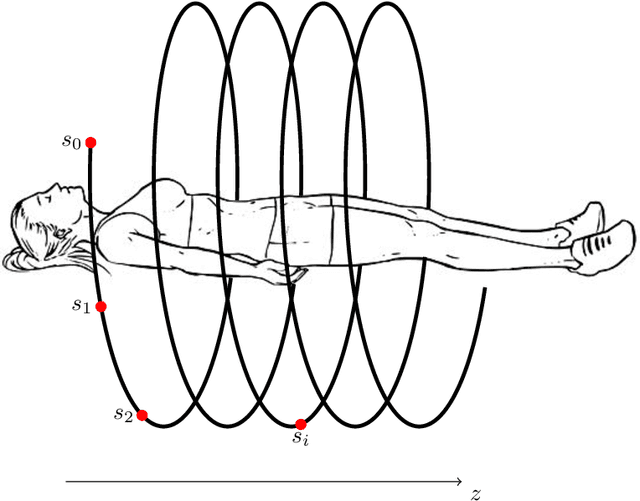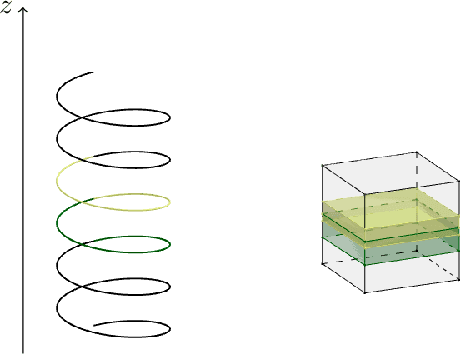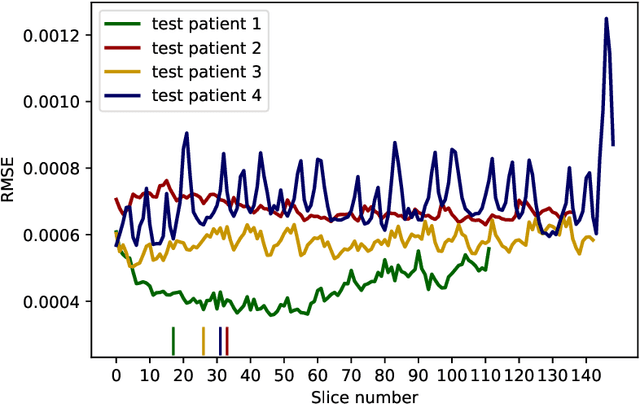3D helical CT reconstruction with memory efficient invertible Learned Primal-Dual method
Paper and Code
May 24, 2022



Helical acquisition geometry is the most common geometry used in computed tomography (CT) scanners for medical imaging. We adapt the invertible Learned Primal-Dual (iLPD) deep neural network architecture so that it can be applied to helical 3D CT reconstruction. We achieve this by splitting the geometry and the data in parts that fit the memory and by splitting images into corresponding sub-volumes. The architecture can be applied to images different in size along the rotation axis. We perform the experiments on tomographic data simulated from realistic helical geometries.
 Add to Chrome
Add to Chrome Add to Firefox
Add to Firefox Add to Edge
Add to Edge